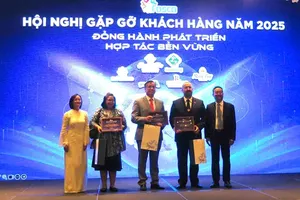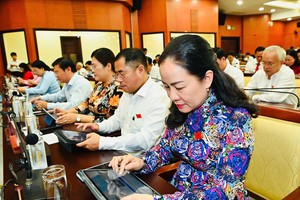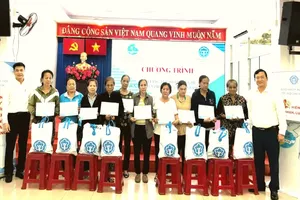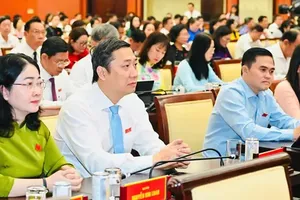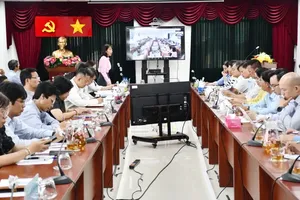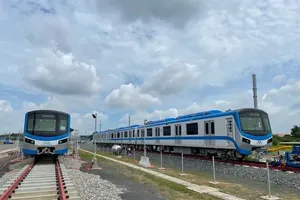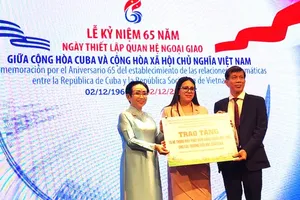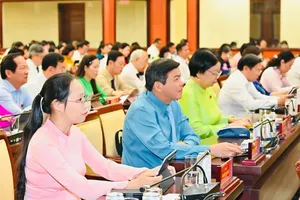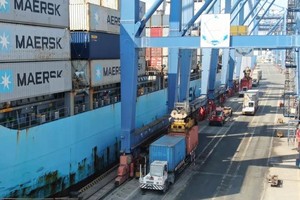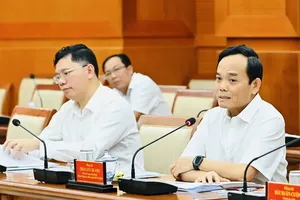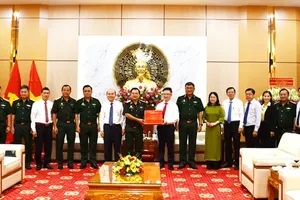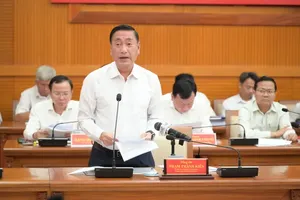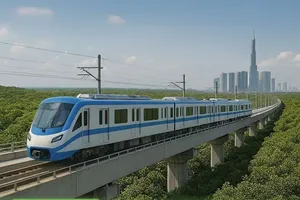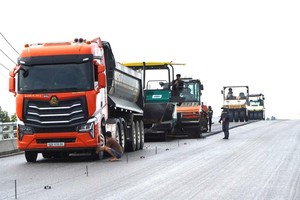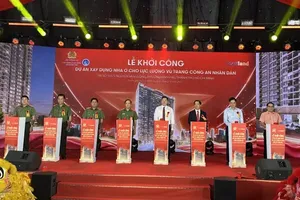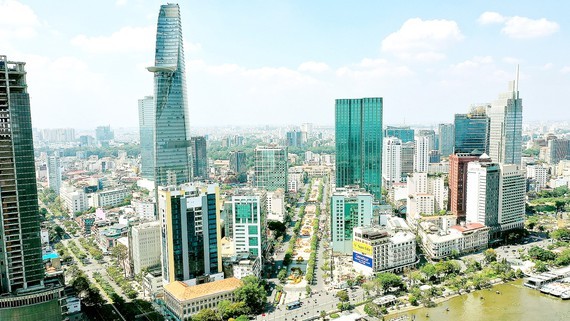
In a short time from October 20 to the end of December 2021, SGGP Newspaper was able to collect several precious suggestions for the master planning of HCMC, ranging from urban space organization, city advantage promotion, to traffic congestions and urban flooding solutions, adaptation methods for climate change, and especially feasible measures to preserve valuable architectural works and city identity, which is culturally rich.
For instance, Tran Van Trai from Thu Duc City voiced that with a long history and so many name changes, HCMC has welcomed millions of people from different regions of not only this country but also the world, all contributing to forming such a cosmopolitan city now. It has housed communities of many ethnics like Chinese (in the districts of 5, 6, 11), Cham (District 3 and District 8), Khmer (District 11, Tan Binh District). They have brought along their own cultures to enrich the modern yet unique architecture of HCMC.
Discussing the city identity, Tran Van Truong recommended that the master planning of HCMC should pay much attention to preserve and properly exploit the natural conditions and space of Saigon River for a more sustainable and harmonious development. He further proposed to use the space along the river banks to beautify the city, solve traffic and sewage problems, create multi-function community facilities, and serve tourism purposes.
Developing urban agriculture is also a common idea raised by many people as an essential method for the sustainable growth of HCMC. This kind of agriculture is supposed to ensure ecological balance, improve the living standards of city dwellers, and answer the urban needs for trees, flowers, food, or deliver sanitarium and tourism services. Simultaneously, this activity is a form of labor and entertainment to improve the mental and physical health of urban residents.
Others recommended to turn HCMC into ‘a city worth living’. For example, Chung Thanh Huy from District 7 shared that HCMC must ensure the living standards for its residents, increase its competitiveness investment attraction capacity. The current pandemic has proved that solid infrastructure is critical so that each individual feels at ease in his or her accommodation. Besides, the city should be attractive and safe for people of all ages.
Do Ngo Tran from Thu Duc City suggested an overall rearrangement or adjustment of technical and social facilities, accommodation to serve citizens, suitable for such a speedy development. It is necessary to expand the city and relocate the population into satellite urban areas in the outskirt of HCMC like the Northwest urban area the suburban districts of Binh Chanh, Hoc Mon, Cu Chi, Can Gio.
A suitable mechanism to reduce tax and land use fee, or preferential policies for investment in the outskirt can also be applied. It is also advisable to keep certain unbuilt or agricultural land in the districts of 7, 8, Nha Be, Can Gio and Thu Duc City to avoid unregulated growth of urban areas as well as protecting HCMC against negative impacts of climate change.

Director of the HCMC Planning and Architecture Department Nguyen Thanh Nha said that his organization highly appreciates all useful ideas and will carefully consider them when working with consultation units in the preparation of the final master urban planning for the city, in hope of turning HCMC into a socio-economic, cultural center of not merely the nation but the whole region.
Expected to become a smart service and industrial city and the economic leader of the Southern key economic zone, HCMC had submitted a project ‘Adjusted Master Planning of HCMC until 2025’, approved by the Prime Minister in October 2010. Following that planning basically gained some impressive achievements.
However, after 10 years, this master planning has revealed certain inadequacies and is in need of further adjustment, leading to the birth of the ‘Adjusted Master Planning of HCMC until 2040, with a Vision to 2060’, approved by the Prime Minister in September 2021. It will be carried out and is predicted to help the sustainable growth of the city.
